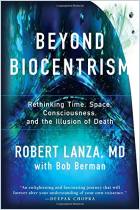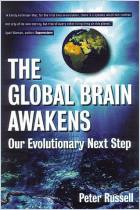Astronomer Marcelo Gleiser argues that life on Earth is precious, and that humans have a moral duty to protect it. To start, he argues, the narrative must change. The old story says humans are masters of nature and life is mediocre. With a mix of astronomical facts and inspiring prose, Gleiser explains why that account is dangerously inaccurate. He tells a new story whereby all life is interconnected, humans are codependent with nature, and the Earth itself is anything but common. Gleiser believes embracing this new narrative is a necessary step in guiding civilization toward a more sustainable future.
The sun is the center of the solar system, but that doesn’t mean Earth is insignificant.
From the time of Aristotle (fourth century BCE) to Nicolaus Copernicus (16th century), most people believed the Earth was the center of the solar system, with the sun, stars and other planets revolving around it. From an astronomical point of view, it was inaccurate. However, it provided humans with a sense of divine meaning, because life on Earth mirrored a larger cosmic plan.
That meaning began to change when Copernicus published On the Revolutions of the Heavenly Spheres on his deathbed in 1543. In it, Copernicus correctly argued that the sun was the center of the solar system, with the Earth and other planets revolving around it. Although scientifically accurate, this shift from an Earth-centered solar system to a sun-centered one affected much more than science. Copernicus’s sun-centered model grew into a larger Copernican worldview that changed the way humans related to the natural environment and demoted the significance of Earth in the larger cosmos. Rather than being a part of nature, humans...























Comment on this summary